As part of the conversations on ‘Building Agency’ at this year’s SIA Conference, architectural practitioners and academics shed light on the increasingly collaborative nature of their work and the importance of disrupting norms.

The Flow - a multipurpose pavilion by Thai firm Department of Architecture Co., Ltd. Partner Twitee Vajrabhaya was a speaker at the SIA Conference
October 13th, 2017
It is no mistake that the Directors of this year’s Archifest – Eunice Seng and H. Koon Wee – chose the rather broad topic of ‘Building Agency’ as the festival’s overarching theme. At one of Archifest’s cornerstone events – the Singapore Institute of Architects (SIA) Conference, which brought together local and international experts in the architectural field – the broadness of the theme directed discussions beyond the question of who and what exactly comprises ‘Building Agency’ to magnify, instead, the role that architectural practices need to play in the profession in order to remain relevant in shaping the future of global cities.
Beyond discussing the cyclic triad of client-architect-user relationships, the speakers at this year’s event (held on 4 October 2017) expanded into how architecture could facilitate the city’s engagement with its citizenry. From Rita Soh (Managing Director of RDC Architects) to Prof. Ho Puay-Peng (Head of Department of Architecture, School of Design and Environment at National University Singapore), the subject of architectural practitioners’ active participation and engagement with stakeholders, whether government bodies or building users, highlighted the architect’s responsibility to be an active leader in enabling meaningful and inclusive built environments and policies.
Above the projects’ mastery in tackling the given programs, the range of projects and the breadth of typologies presented by the speakers highlighted the capabilities of contemporary architectural practitioners to be able to shape and rethink traditional building typologies and even the clients’ expectations. This was evident from Eleena Jamil’s Millennium School project, to Richard Hassell’s (WOHA’s) Oasia Hotel Downtown, to Bridgette Shim’s (Shim-Sutcliffe Architects’) Sisters of St Joseph Residence.
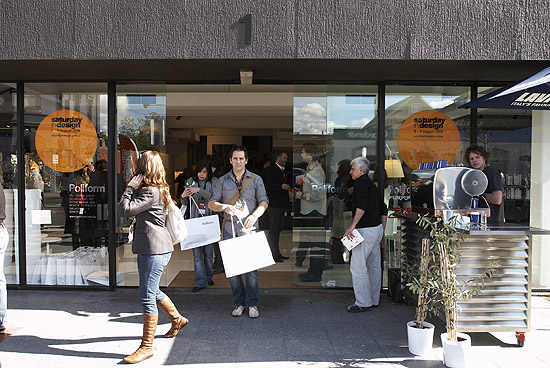

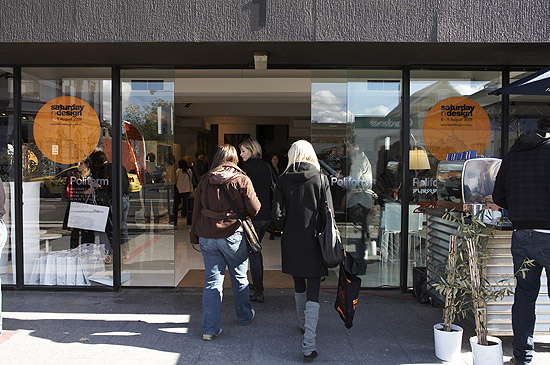
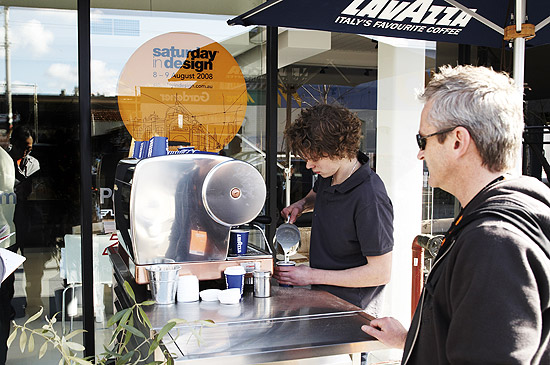
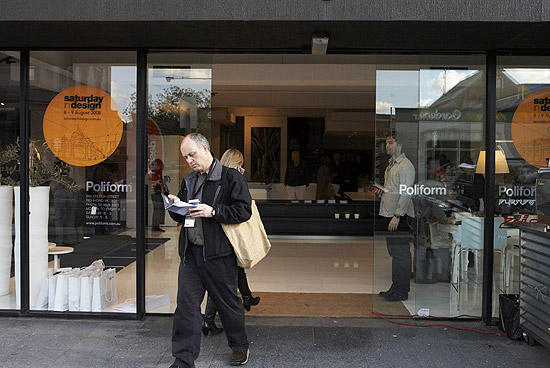
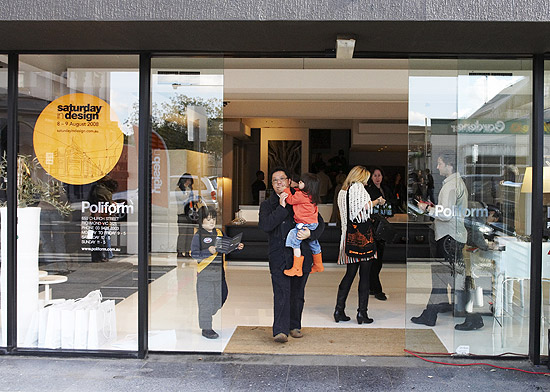
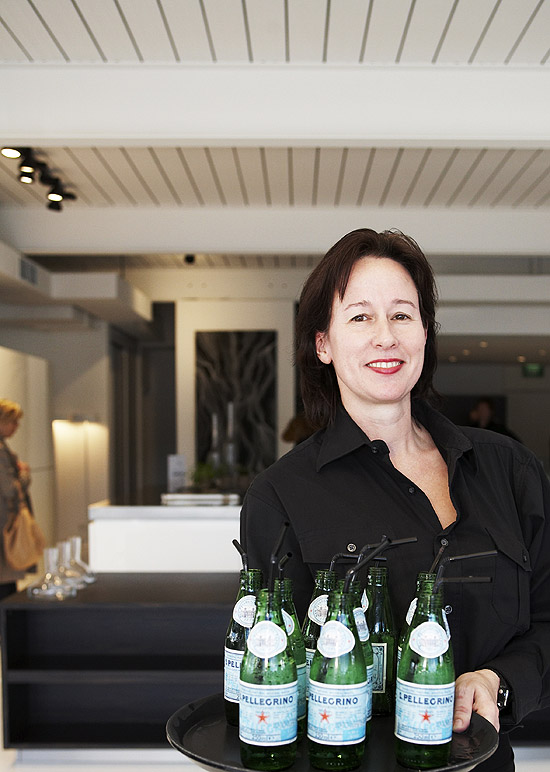

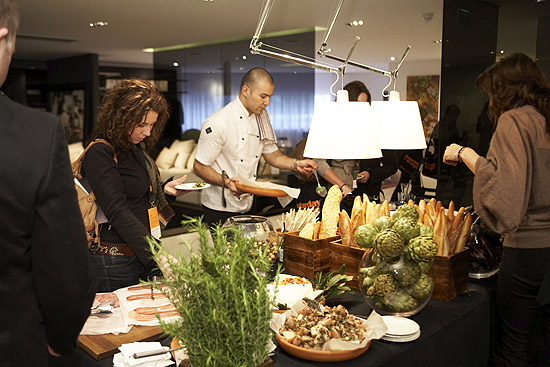
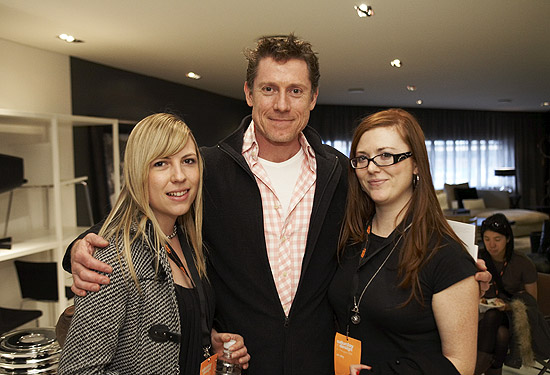
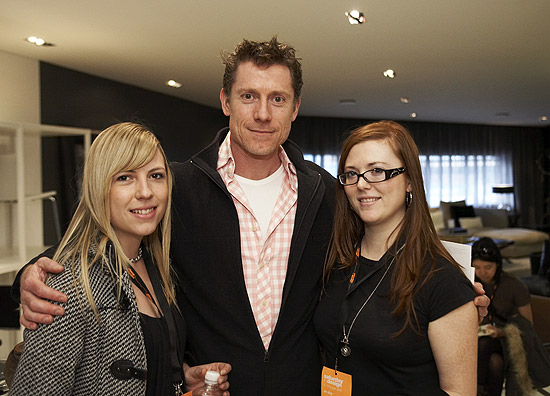

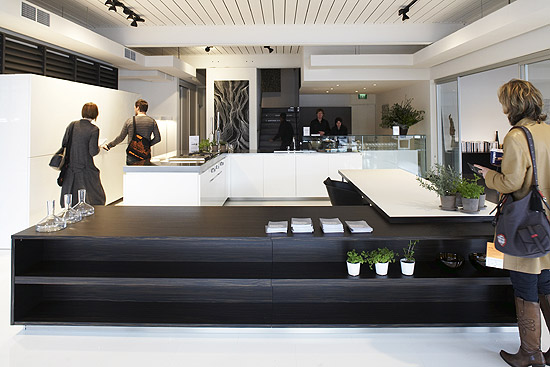
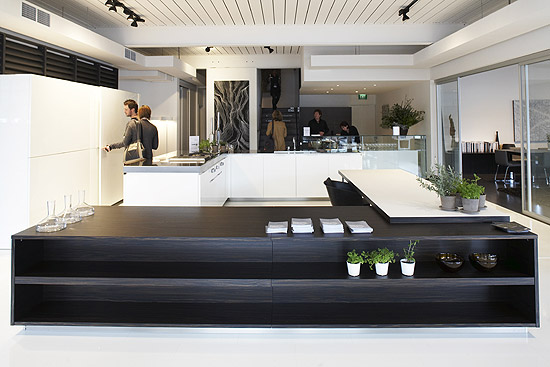
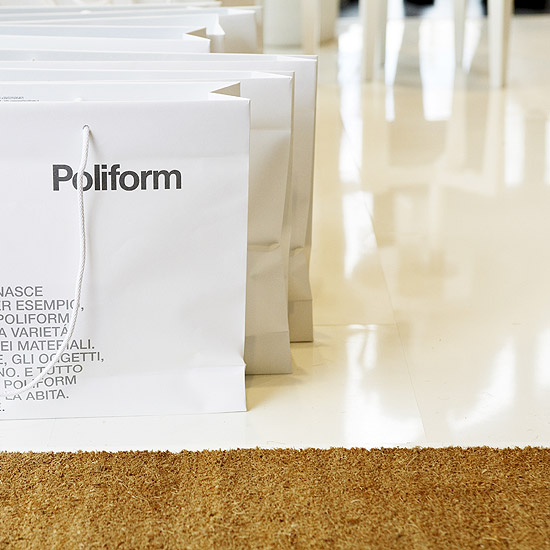
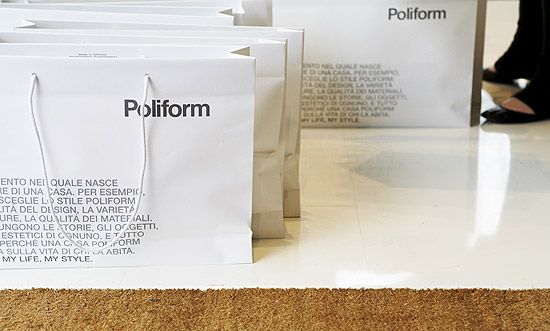

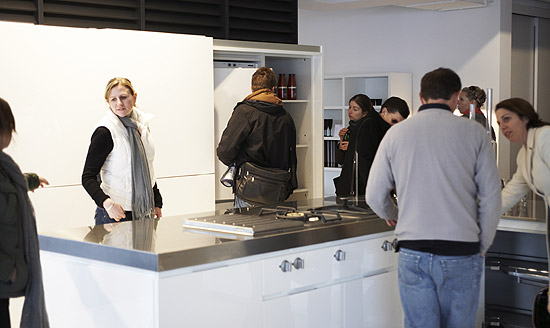
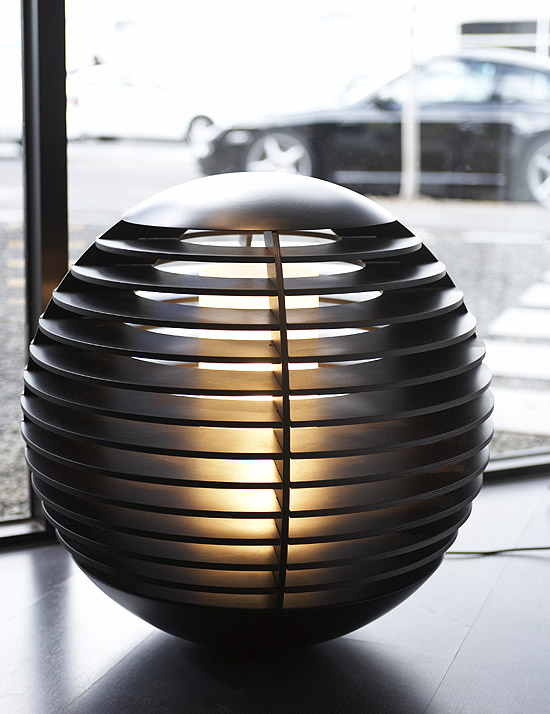
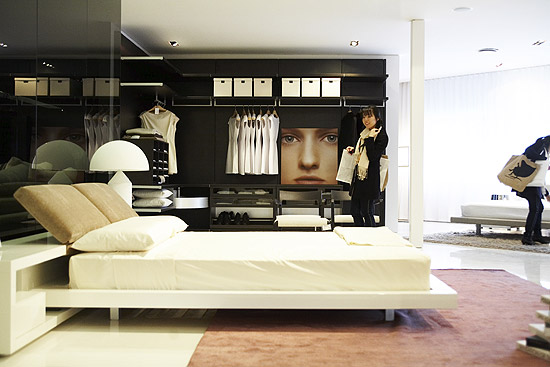

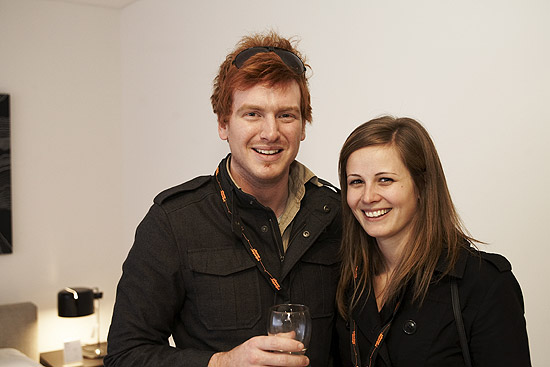
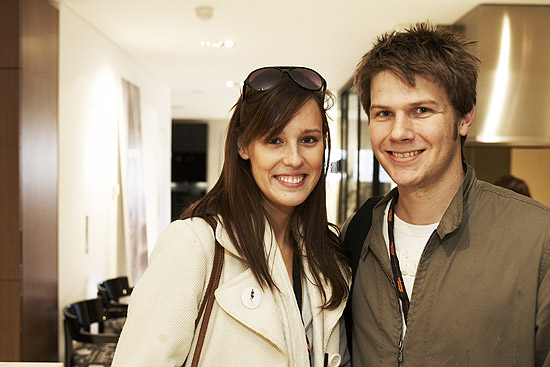


Going beyond programmatic briefs and taking into account the contextual and social implications of projects, the speakers’ insights revealed the often non-linear processes of constant self-evaluation throughout conception, development and execution. An innate ability to question the established norms within the presented case studies was common among critical practices and projects, often located in very diverse climates and parts of the world.
Without aiming to solve the challenges faced by today’s architects and defining the role of ‘Building Agency’, the speakers’ overt emphasis on critical practice in the architectural field – on being an agent of change – rang true through diverse experiences and projects. As poignantly concluded by one of the conference participants recalling a quote by the pioneering architect Sir Denys Lasdun, “Our job is to give a client not what he wants but what he never even dreamt he wanted.” In that respect, the architectural field retains the potential to be as much, if not more, of an active instrument of change as all other formal and informal building agencies combined.
INDESIGN is on instagram
Follow @indesignlive
A searchable and comprehensive guide for specifying leading products and their suppliers
Keep up to date with the latest and greatest from our industry BFF's!

XTRA celebrates the distinctive and unexpected work of Magis in their Singapore showroom.

In this candid interview, the culinary mastermind behind Singapore’s Nouri and Appetite talks about food as an act of human connection that transcends borders and accolades, the crucial role of technology in preserving its unifying power, and finding a kindred spirit in Gaggenau’s reverence for tradition and relentless pursuit of innovation.

In design, the concept of absence is particularly powerful – it’s the abundant potential of deliberate non-presence that amplifies the impact of what is. And it is this realm of sophisticated subtraction that Gaggenau’s Dishwasher 400 Series so generously – and quietly – occupies.

The Finding Infinity Principal comments here on the question of balance in city life, with architecture and design highlighted as the key levers for making change.

A regional mall, residential garden, school yard and train station were all among the projects honoured at this year’s Australian Institute of Landscape Architects’ (AILA) Victorian Awards.
The internet never sleeps! Here's the stuff you might have missed

Terrai by Sona Reddy Studio translates the cultural identity of Telangana into a dining experience through regional materials, craftsmanship and contemporary design.

A regional mall, residential garden, school yard and train station were all among the projects honoured at this year’s Australian Institute of Landscape Architects’ (AILA) Victorian Awards.